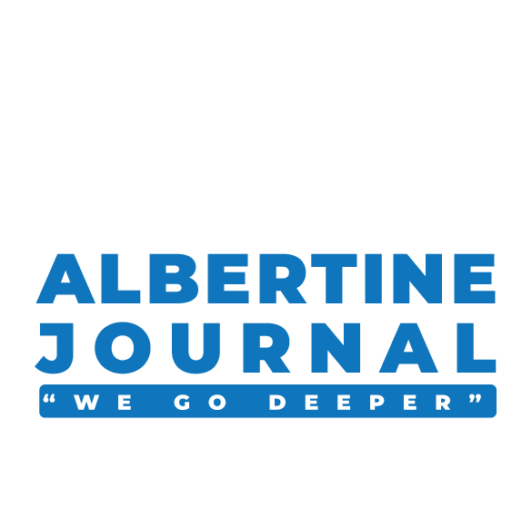The ministry of water and environment has started setting up boundary pillars on Wambabya riverbanks in Hoima City to demarcate the original area of the river to stop encroachment.
Wambabya, is an ecological sensitive asset to the locals since among other functions, it powers the nine megawatts Kabalega hydro power plant in Buseruka sub-county in Hoima district.
The Albertine Journal has leant that the demarcation exercise which kicked off on Monday, with no specific date for its completion, might take four weeks.
The exercise starts from the river source in Kihomboza Cell in Hoima City-West Division up to Lake Albert.
Gilbert Ituka, the environmental officer in the ministry of water and environment in charge of western region was quoted by the local media saying that they will further profile the river and engage with the locals living adjacent to it to enable them to support the exercise.
They are to plant pillars at the buffer zones and after the exercise those found to have encroached on the river will be given time to decommission their activities including harvesting their crops.
This comes after most of the tributaries of the river in Hoima city have been encroached on due to economic activities on the banks which has resulted in siltation, affecting the ecosystem.
Badru Mugabi, the Hoima City Resident Commissioner, implored the line ministry to prioritise protection of wetlands tributaries to Wambabya River to create an impact.
Joan Kiiza, a resident in Kiganda cell in Hoima City argues that there is a need to raise awareness in the conservation and sustainable management if rivers and streams are to be saved from encroachment and pollution.
This comes in an event where about 90 percent of wetlands in Hoima have been encroached on by settlers, farmers and car washers.
Rivers and streams including Kafu along the Hoima-Kyankwanzi, Bigajuka, Rwenkondwa and Wambabya in Hoima City are facing serious degradation due to youths who earn a living through car washing using water from the river.
In June, 2016, Hoima district environmental authorities evicted all people washing cars on rivers in the then municipality which was elevated to a city status on August 13, 2020, giving each group of car-washers sh5m to set up washing bays away from the river banks.
However in less than five months most of them had already re-invaded the wetlands to continue with their normal business allegedly on the advice of politicians.
About Wambabya
Wambabya, one of the largest wetlands in Hoima, covers a stretch of 58 kilometres, has been reduced in coverage.
The wetland is a source of water for an estimated 200,000 people within the city. The wetland (river) faces threats from economic activities including cultivation, overgrazing, pollution, motorcycle and car washing.
The pollution has resulted into contamination of the river and increased the cost of water treatment for the urban dwellers.
City dwellers trek long distances in search of clean water since few people are connected on piped water which covers areas mainly in the heart of the city, leaving some unemployed and urban poor still fetching from this contaminated source, raising concerns of them acquiring water borne diseases.

